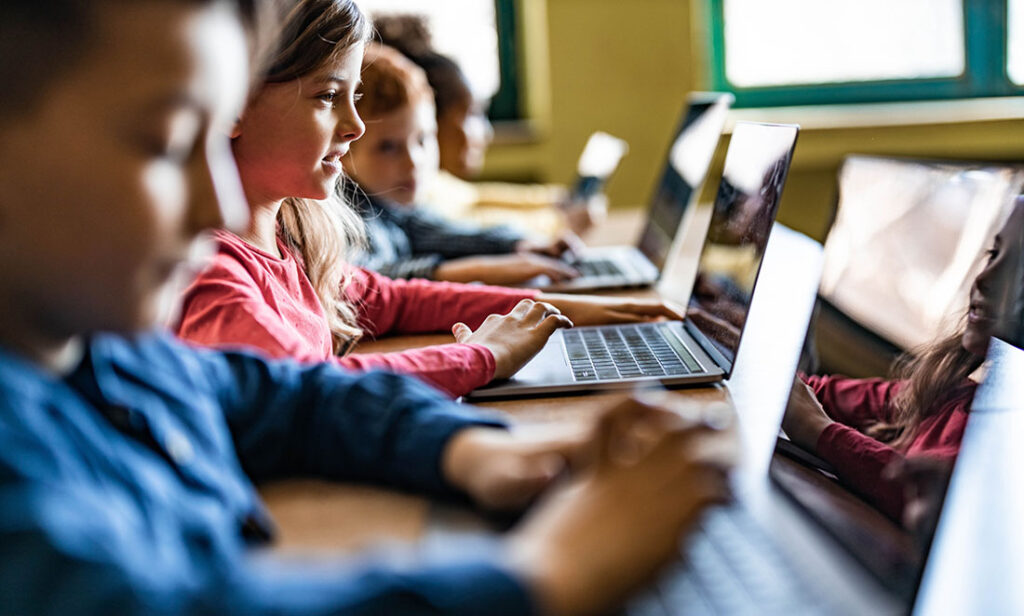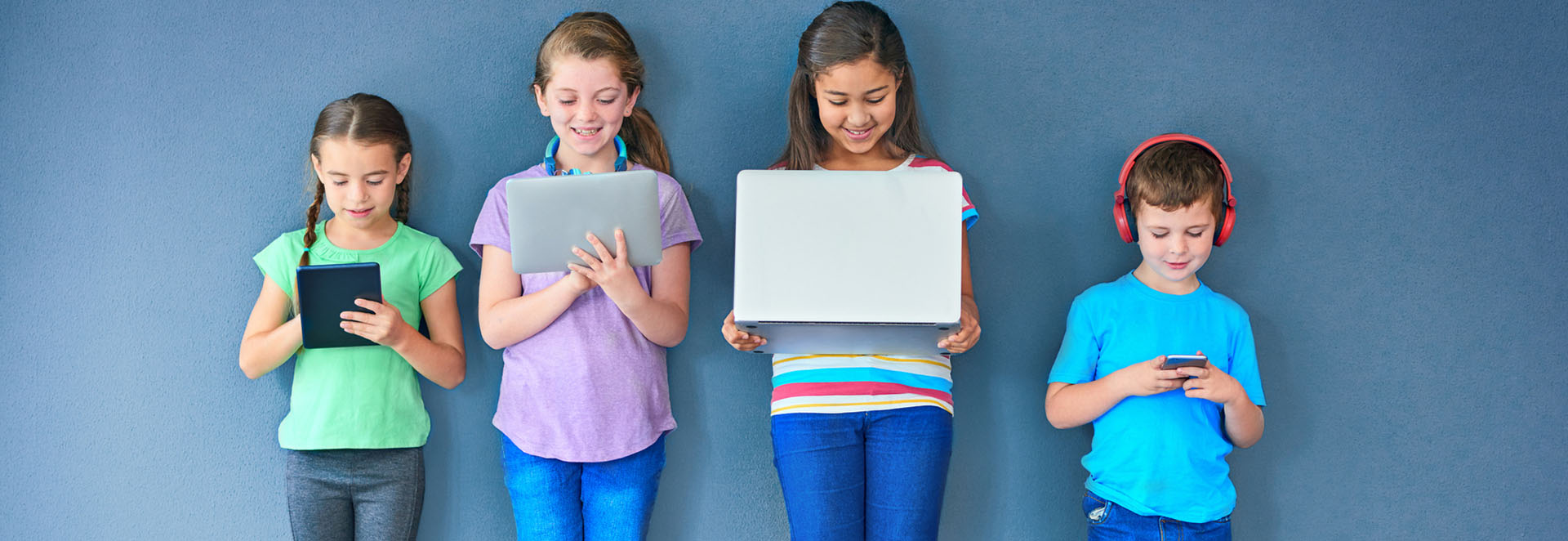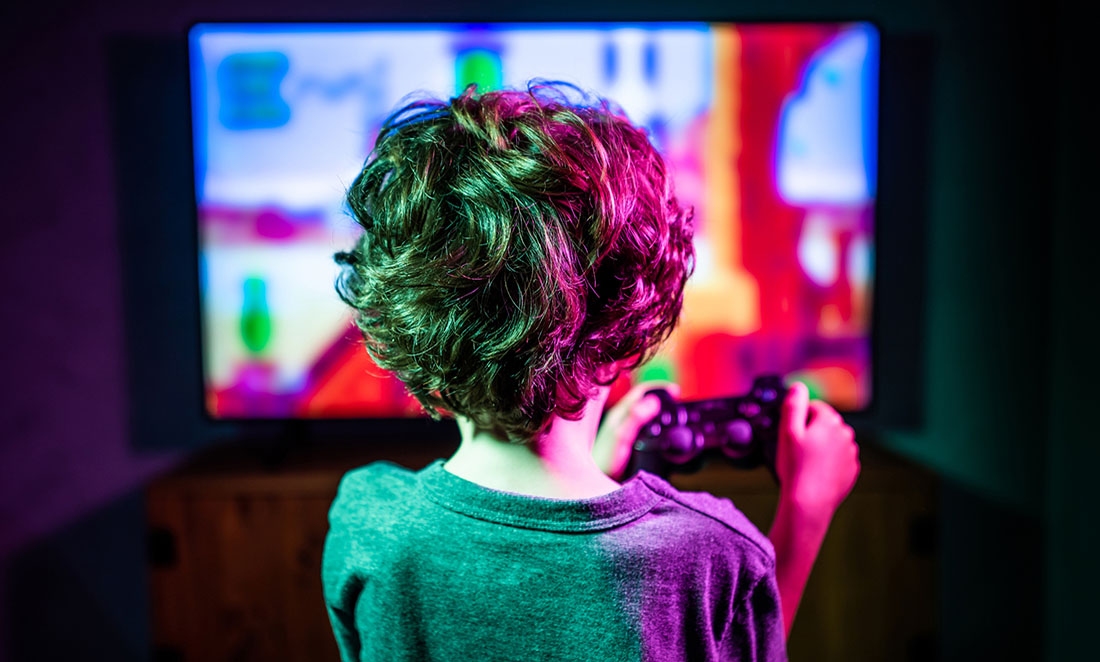A world-first study aims to provide better guidelines for parents, teachers, early childhood educators and policy makers on the use of digital technologies.
The Digital Child project will follow 3000 Australian families, focusing on children from birth to 8 years old.
The 7-year study will track young kids’ digital engagement, investigating how it affects their health, education and connectedness.
“Digital technologies are more and more prevalent, and they are shaping and influencing childhood,” says Curtin University education researcher Associate Professor Karen Murcia.
“So our vision as a group of researchers is to come together through the cross-disciplinary lenses of health, education and media connectedness, to understand the impact that the digitisation of childhood is having.”
Rethinking screen time
Karen says there’s quite a bit of anxiety among early childhood educators and parents around how much technology young children should be engaging with and how it could best be experienced.
Current Australian guidelines recommend no screen time for children aged under 2, less than 1 hour per day for ages 2–5 and no more than 2 hours per day for ages 5–17.
But Karen believes time limits are less important than the activity type.
“Is the technology designed in a way that it’s appropriate for young children?” she says.
“And does it actually support their thinking and creativity, or is it encouraging this passive learning or receiving of information?

“I think there's a level of sophistication that we haven't achieved yet.”
Healthy, educated and connected
Digital Child’s huge remit is grouped into three research programs – health, education and connectedness.
The Healthy Child stream will study screens and physical wellbeing, language and cognition, and video games.
The Educated Child program will look at learning in diverse settings, digital technology design to inform learning, and active learning and play in a digital world.
And the Connected Child stream will study data analytics, children online and commercialisation.
“Across all three of the areas, we’re really looking to give voice to the children,” Karen says. “So it’s not just research that’s done to them but, importantly, giving agency so they can actively contribute to it and shape directions.”

Scitech sneak peak
The Centre of Excellence for the Digital Child is based at the Queensland University of Technology and involves researchers from five other Australian universities, including Curtin and Edith Cowan.
There are 18 other highly regarded partner institutions, including Scitech, Google Australia, Playgroups WA, SBS and the State Library of WA.
Karen says she’s working with Scitech on the development of a bespoke interactive exhibition affectionately known as Move It.
The exhibition will see children using whole-body actions to solve a maze and, in doing so, use the underlying computational thinking for coding.
While parents and teachers await the ground-breaking study’s results, Karen recommends ensuring digital technologies are age appropriate, co-viewing to promote questioning and curiosity and keeping it creative rather than passive.
“It’s not just how long they’re spending with it, it’s the quality of what they’re doing,” she says.
Digital Child is currently offering two PhD scholarships in children’s creativity and connectedness with digital technologies. Successful applicants will be embedded with the Scitech creative team.
The Centre is also seeking a postdoctoral researcher to join the team at Curtin University.









